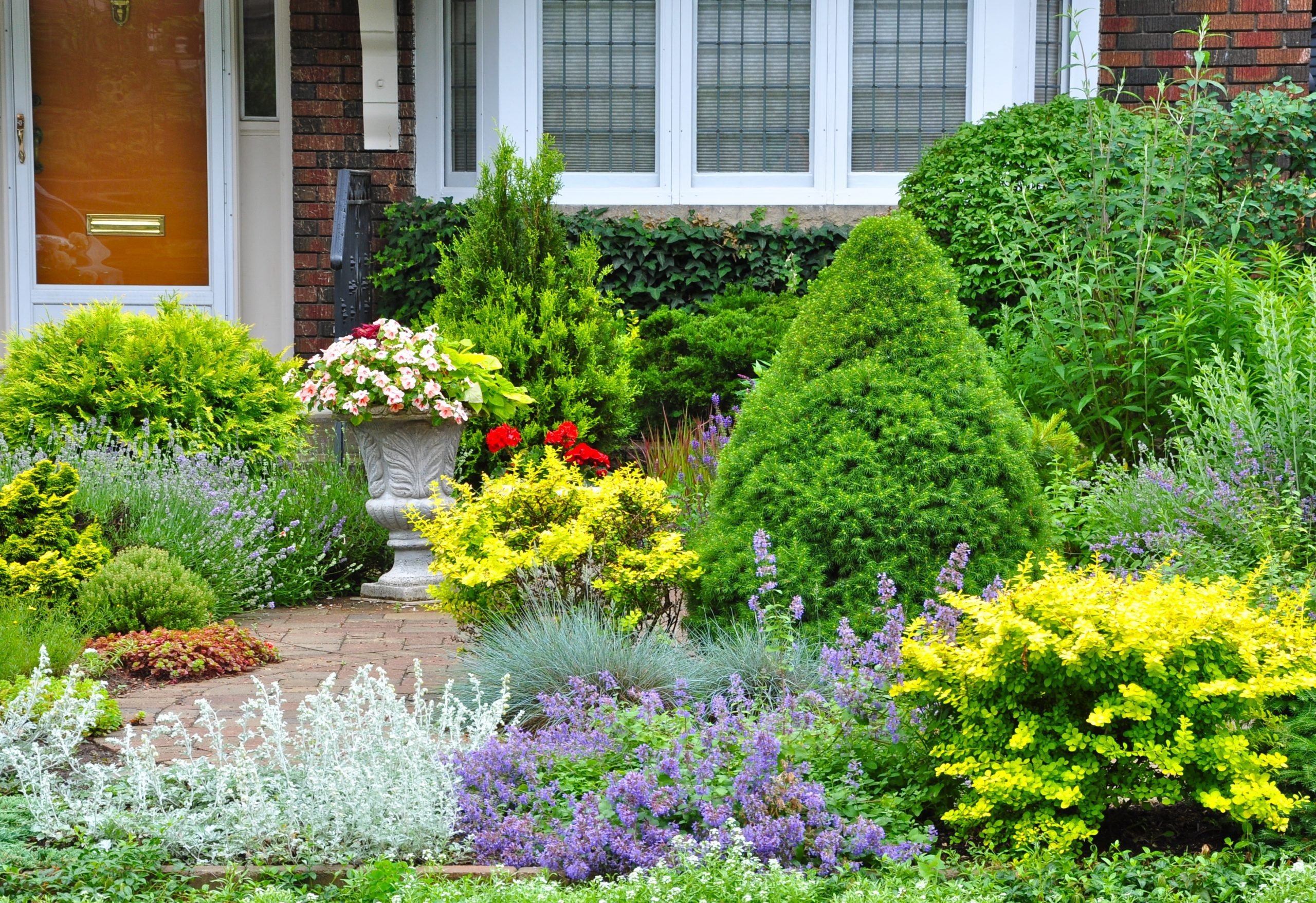Landscaping for Nature: Attracting Birds and Pollinating Insects

Designing a landscape that not only beautifies your house but also promotes wildlife is becoming increasingly important. As more people turn to their outdoor spaces for relaxation and enjoyment, there's a increasing desire to create spaces that attract birds and pollinators. Adding components that welcome these creatures does not only improve the beauty of your property and also helps to the vitality of local ecosystems.
In this article, we will explore the craft of landscaping for wildlife, discussing how the best design choices can bring nature nearer to home. From choosing native plants to establishing water features, we will explore into useful tips and sustainable practices that assist create a flourishing habitat for birds and pollinators. Whether you are a seasoned gardener or just starting out, you'll find valuable insights that transform your outdoor space into a sanctuary for wildlife, fostering a dynamic and diverse environment.
Advantages of Expert Landscaping
Investing in expert landscaping can substantially enhance the visual appeal of your property. A thoughtfully arranged landscape not just improves your outdoor space but also creates a welcoming atmosphere for both residents and visitors. Professional landscapers have the experience and expertise to select plants and design layouts that complement the design of your home or business, ensuring a harmonious and appealing appearance.
An additional benefit of hiring a landscaping service is the utility it brings to your outdoor space. Where to find a good landscaping company know how to create functional areas that fit your lifestyle needs, whether it’s a space for entertaining, unwinding, or gardening. They also have the tools and knowledge necessary to implement features such as sprinkling systems, lighting, and pathways that enhance usability while maintaining the look of your yard.
In addition, professional landscaping can boost the value of your property. Homes and businesses with properly kept landscapes are often more appealing to potential buyers, and studies have shown that superior landscaping can lead to increased appraisal values. This expenditure not only enhances your immediate enjoyment of the space but also offers long-term financial benefits, making it a prudent choice for residential managers and landowners alike.
Eco-friendly Garden Design Methods
Sustainable garden design is focused on creating a garden that not only enhances beauty but also helps the environment. By using native plants, which are adapted to the local climate and soil traits, homeowners can create a vibrant ecosystem that requires minimal water and low maintenance. Indigenous plants provide essential habitats for native wildlife, including avian species and pollinators, making your garden a sanctuary for these creatures. This method reduces the need for chemical nutrients and pesticides, promoting healthier soil and flora in your yard.
Incorporating water-efficient practices is an additional cornerstone of sustainable landscaping. Strategies such as xeriscaping center on designing landscapes that require minimal irrigation, helping save water. Creating rain gardens and permeable paving can efficiently manage stormwater runoff, preventing erosion and reducing the risk of flooding. By designing for efficient water use, homeowners not only contribute to environmental sustainability but also reduce on water bills over the long run.
Moreover, embracing sustainable resources and maintenance practices supports a healthier planet. For instance, using natural fertilizers and natural pest control methods can improve plant health without introducing toxic chemicals into the environment. Composting yard waste enriches the soil and reduces the need for synthetic products. By focusing on these eco-friendly practices, you can create a stunning landscape that flourishes while favorably impacting regional ecosystems and creating a greener future.
Inviting Animals to Your Green Space

Establishing a nature-friendly garden starts with picking the right plants that provide food, refuge, and nesting spots for various species. Choose native plants that are suited to your local weather and ground, as these will attract local birds of various kinds, bees, and moths more successfully than exotic varieties. Adding a diverse range of blooming plants will guarantee you have flowers throughout the seasons of the year, offering crucial resources for beneficial insects whenever they are active.
Besides plant selection, consider adding features like avian shelters, bat houses, and bee habitats into your landscaping. These elements offer safe places for wildlife to nest and can contribute to boost species diversity in your garden. Aquatic elements, such as water dishes or little ponds, not only beautify the appearance of your landscape but also offer an important resource for wildlife and other wildlife, especially during times of dryness.
Ultimately, minimizing pesticide use and opting for natural gardening techniques will create a more sustainable habitat for good insects and wildlife. By utilizing a green approach to garden maintenance, you can assist preserve the local habitat while appreciating the vibrant life that exists in your garden. Establishing a welcoming habitat for wildlife not only supports wildlife diversity but also increases the overall satisfaction and aesthetic of your outdoor area.
